The PW300 turbofan engine family is the engine of choice for mid-size jets, thanks to its outstanding reliability, durability, and operating economics.
Powering the majority of mid-size jets, the PW300 engine offers highly dependable, fuel-efficient power for mid-size to heavy jets. The ideal choice for corporate travel, this quiet engine combines performance, sustainability and value.
The PW300 family comprises 4 engine series and 13 models, ranging from 4,700 to 8,000 pound thrust.
The PW300 is built with low emissions TALON™ combustion and advanced shock management fan technologies also ensure clean, quiet performance. Furthermore, the latest full-authority digital engine control (FADEC) in many of the PW300 models provides reduced pilot workload and advanced engine health monitoring/diagnostics assuring a high standard in aircraft dispatch availability.
Operators of PW300 engines are supported by Pratt & Whitney's industry-leading global customer support. This includes over 30 Pratt & Whitney-owned and designated service facilities around the world, more than 100 field support representatives on all major continents, a 24/7 Customer First Centre for rapid expert support, the most advanced diagnostic capabilities for this market and the largest pool of Pratt & Whitney rental and exchange engines in the industry.
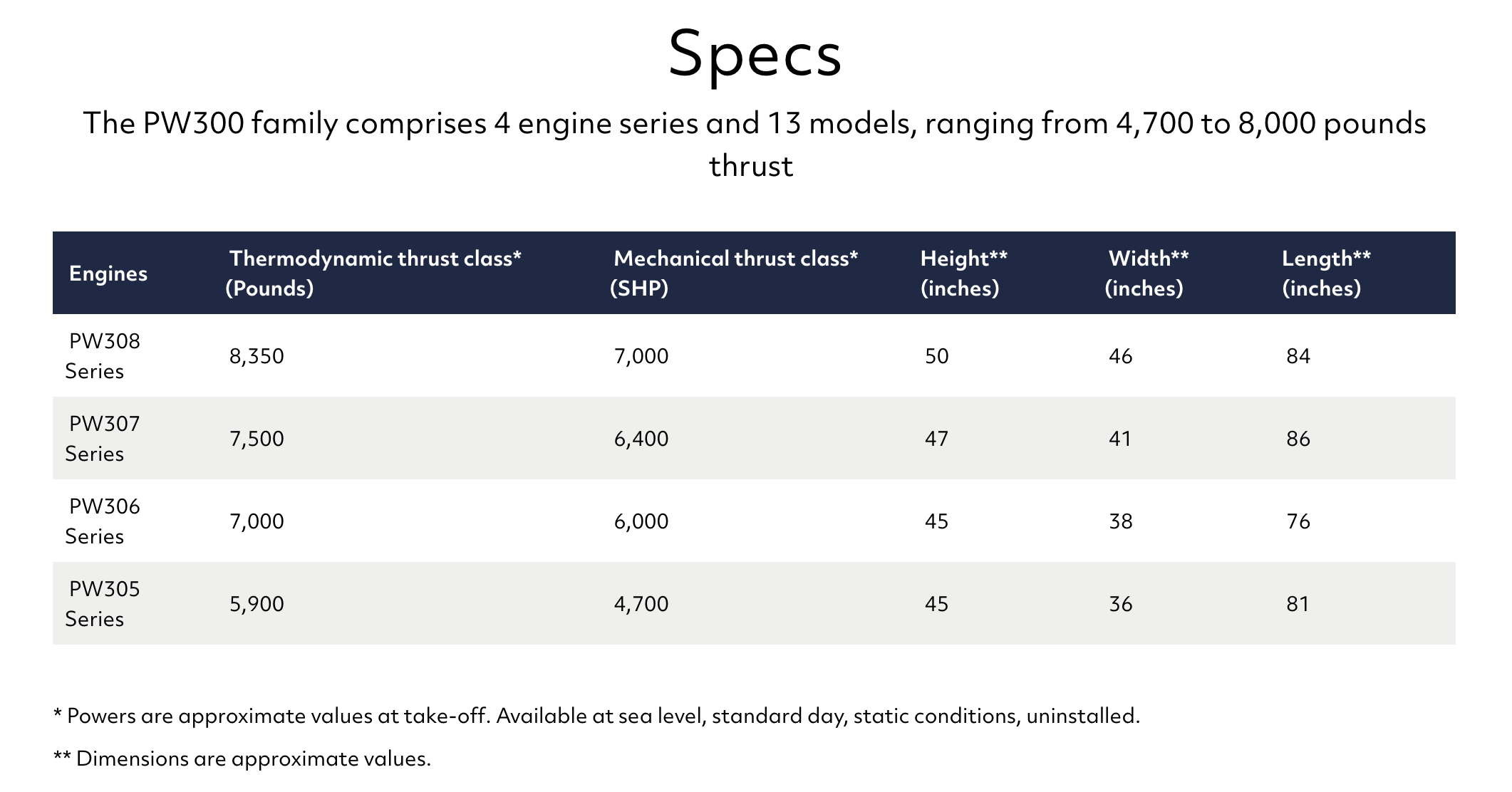
Yes, we retrofit legacy systems (e.g., GE Frame 5, Siemens V94.2) with modern digital controllers, typically completing hardware integration within 4-8 weeks. Software migration requires additional validation time.
We recommend annual performance testing under ISO 3977-2 standards. Critical applications (e.g., offshore platforms) may require semi-annual tests with emissions compliance checks.
All rad-hard devices (e.g., FPGA, ADC) are QML Class V certified under MIL-PRF-38535 and tested to MIL-STD-883 Method 1019 for SEU tolerance. Full qualification reports are available upon request.
Our ASICs and power management ICs operate across -55°C to +175°C ambient temperatures, with derating curves provided in military temperature range (MTR) datasheets.
Our PMA parts (e.g., actuators, sensors) hold FAA/EASA Form 1 certification and match OEM form/fit/function. Installation requires SB/MB documentation per FAA AC 23.1529.
All NAS/MS fasteners include full DNA traceability: melt source (AMS 2301), heat/lot numbers, and AS9100-compliant MTRs with ultrasonic test reports.
AOG orders ship within 4 hours for stocked items (FAA-PMA, EASA Part 21G). Non-stock critical parts trigger priority manufacturing with 72-hour max turnaround.
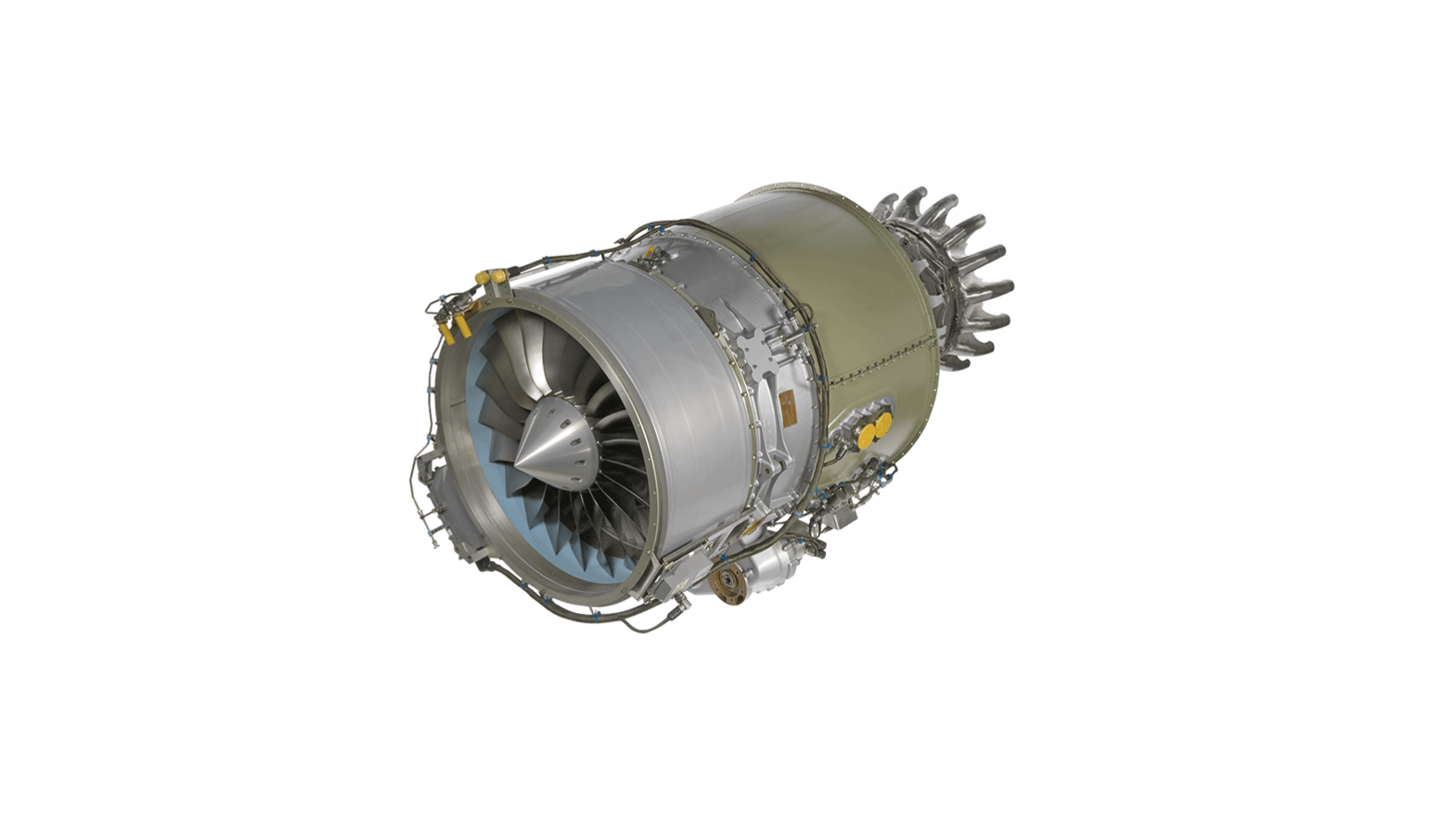
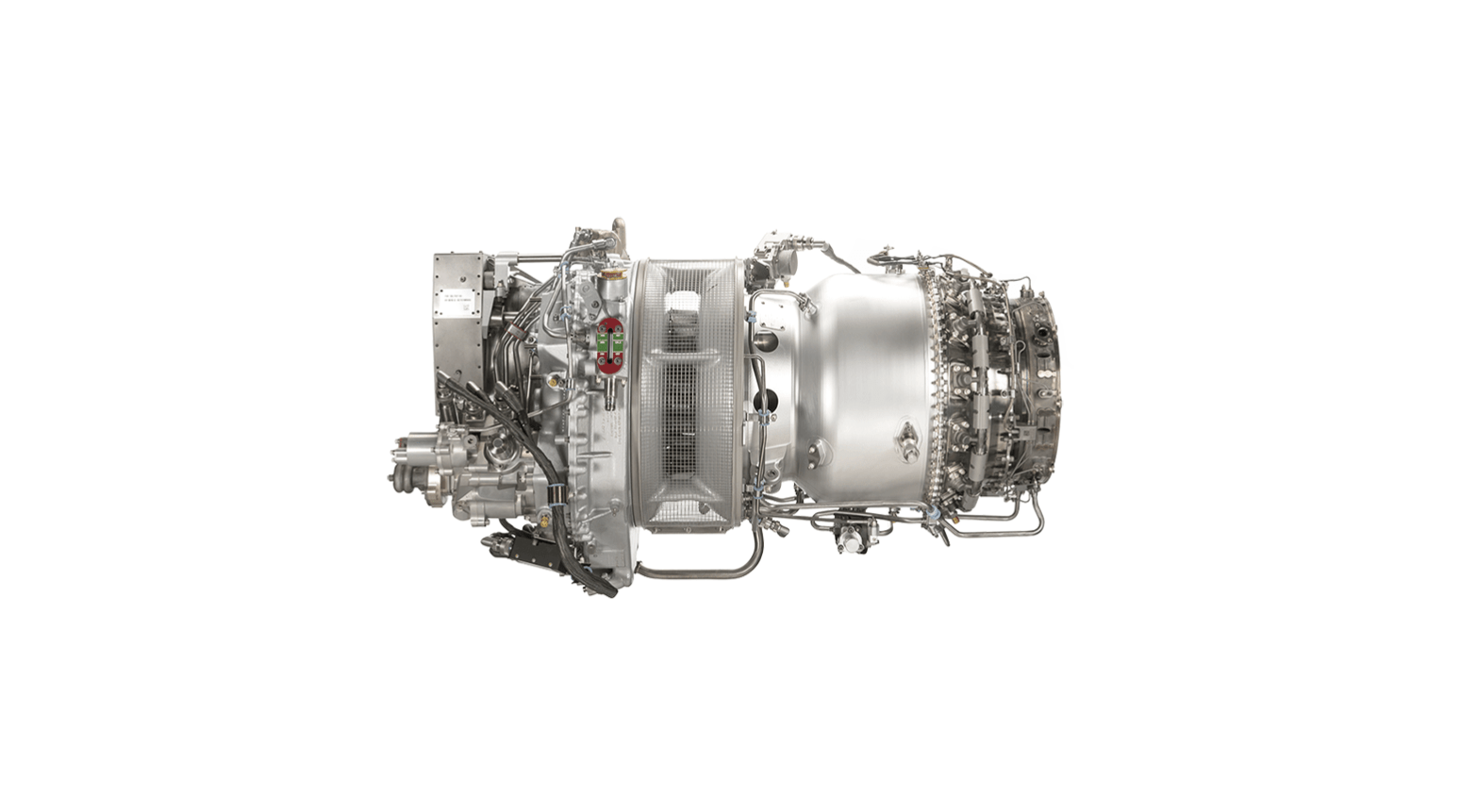
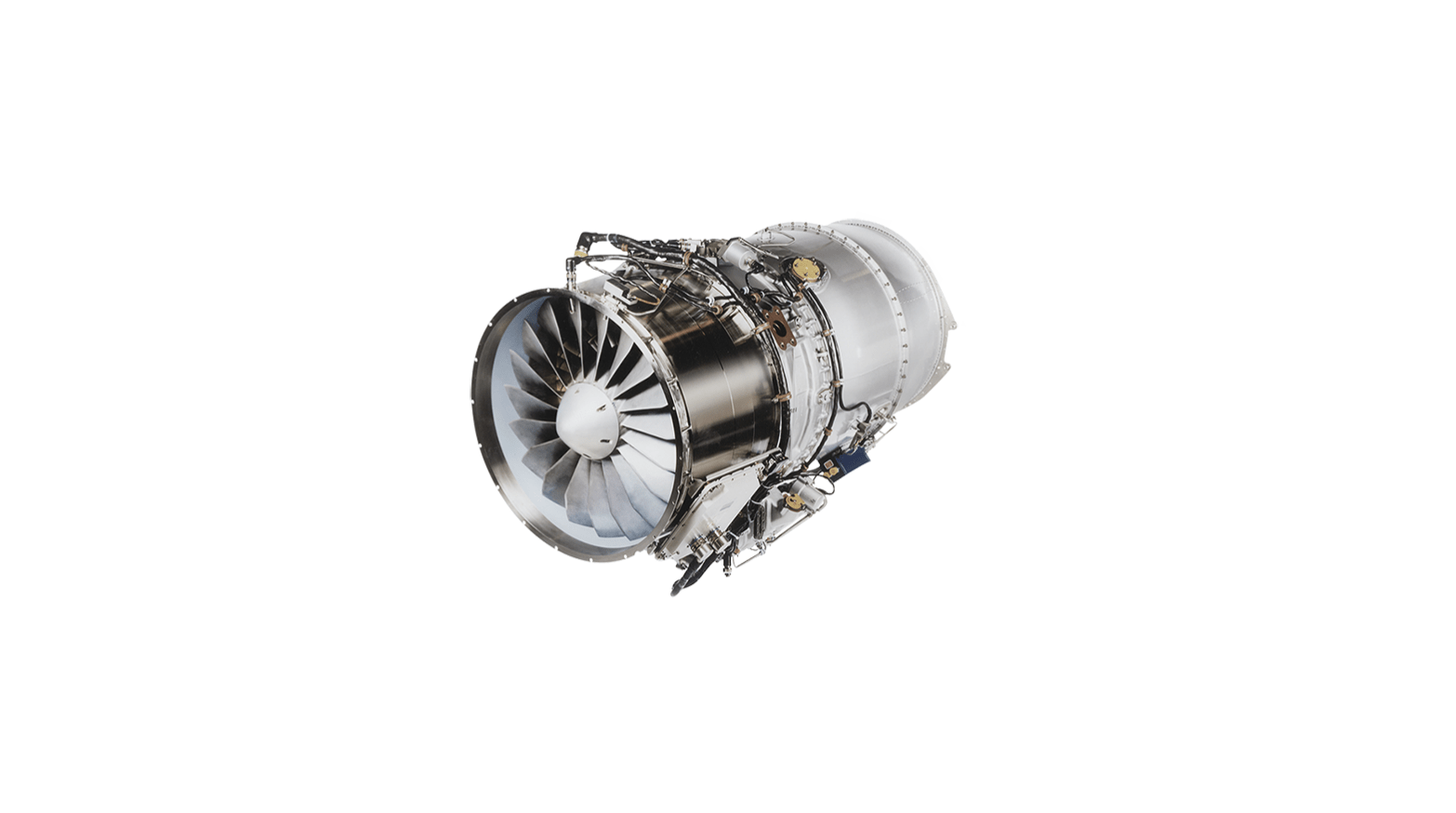
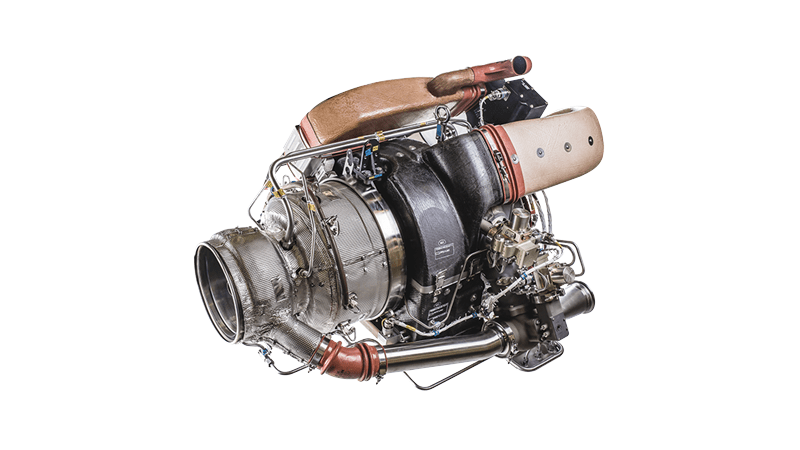
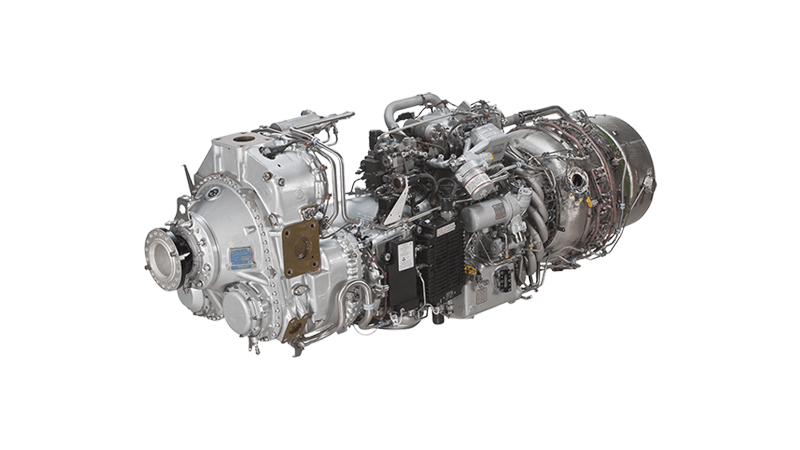
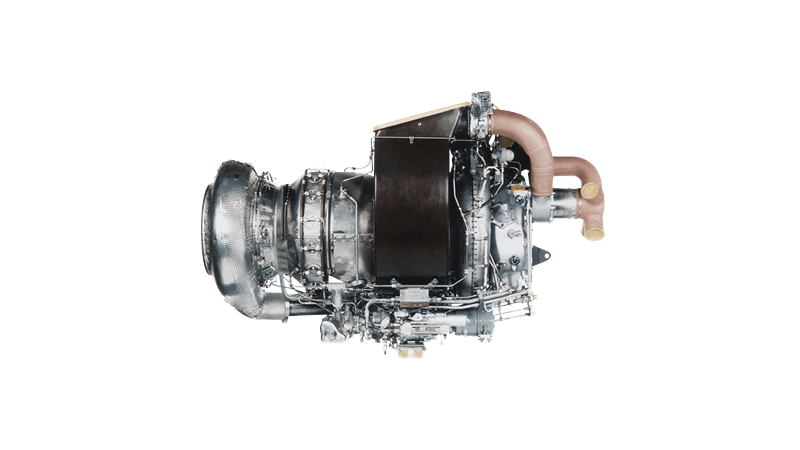
 Gas Turbine
Gas Turbine
 Aircraft parts
Aircraft parts